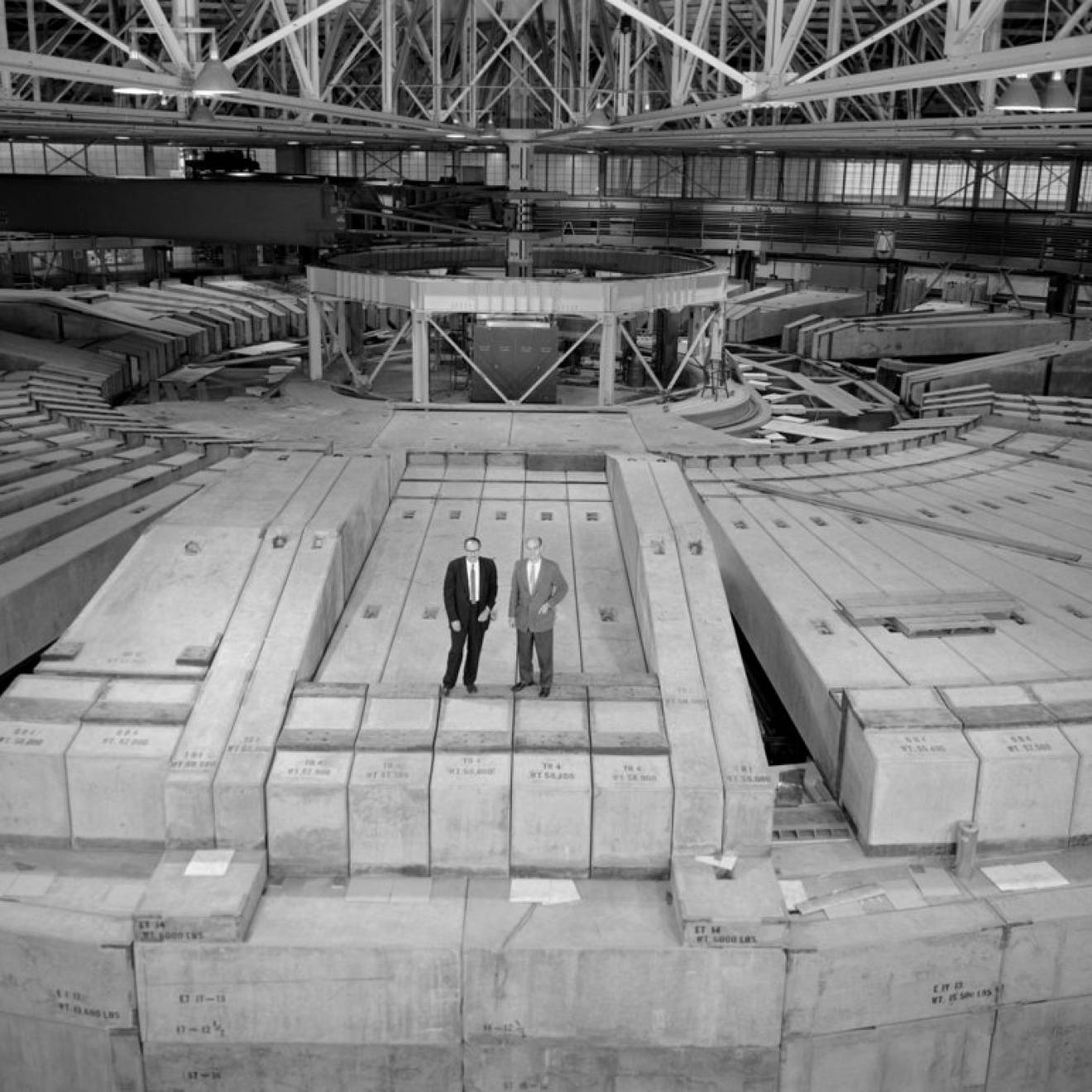Andy Murdock, UC Newsroom
How do you create environments that allow innovative ideas to flourish?
University of California President Janet Napolitano tackled this question in her keynote address to the Association for Women in Science on Tuesday (Sept. 22) at the group’s 2015 National Summit on Innovation and Entrepreneurship, asserting that public research institutions are critical to driving innovation in our society.
Opportunities and risks
“A fundamental purpose of the University of California is to create an environment that fosters both opportunities and risks,” said Napolitano.
Napolitano compared the university to the electricity that powers an engine: in this case, the engine of innovation. As an example, Napolitano told the story of a UC student named Ana Arteaga, who grew up in a low-income family in the San Joaquin Valley.
“As a high school student, she took a big risk. She thought science was something scary. But she put her fears aside, and decided to take place in a program called Project SEED, which finds spots for thousands of low-income students nation-wide in hands-on summer research experiences,” said Napolitano.
Arteaga found herself in the lab of UC Merced professor Erik Menke helping with their research on solar cells. It wasn’t scary; it was fun. So she kept taking risks. Arteaga applied to UC Merced and graduated earlier this year, becoming the first in her family to graduate from college. This fall, she enrolled as a Ph.D. student in Material Chemistry at Oregon State University.
“Ana’s education at UC Merced is a foundation for countless future possible innovations,” said Napolitano. “Without the electricity of education, innovation goes nowhere.”
“It is imperative that we never lose sight of the critical role that public research universities like UC play in the sphere of innovation. They are the only institutions in our society where vast numbers of students – many of them low-income – can pursue research opportunities, explore new ideas and take intellectual risks while they earn a college degree, and begin the process of becoming the researchers and innovators of tomorrow.”
Back to basics
But innovation requires more than taking risks; it’s also fueled by basic research.
“Basic research is fundamentally innovative,” said Napolitano. “It re-shapes our understanding of the world in which we live. It provides a shared knowledge base for all scholars and researchers. And it is often the first step in the journey towards innovative solutions that ease and eliminate global challenges.”
Even though basic research should be pursued irrespective of commercialization opportunities, Napolitano said, basic research can’t stay locked away in an ivory tower.
“There is a clear and undeniable need in our society for start-ups and corporations, incubators and venture capital firms to translate the work of researchers into products and services,” said Napolitano. “There is also a clear and undeniable need for institutions, like public research universities, that educate the future experts, foster opportunities for the creation of new knowledge, and give the space and time necessary for intellectual and innovative risk-taking.”
The environment created by public research universities is not simply a benefit for students, Napolitano said. “If we want a society rife with robust innovation, then we need to make sure students like Ana Arteaga have a place at UC, receive a high quality education at UC, and then have the time and space to pursue the ideas and innovations that arise in the course of their research efforts, whether at UC or elsewhere.”

